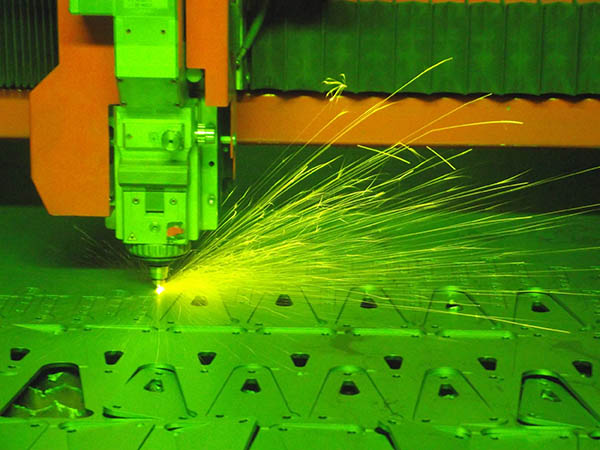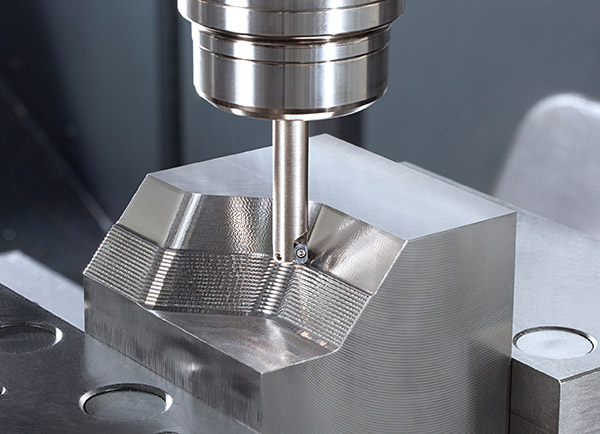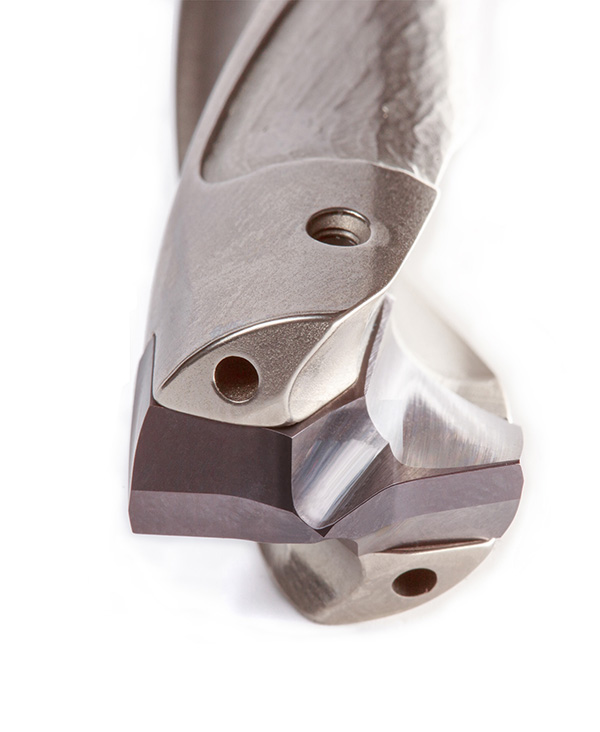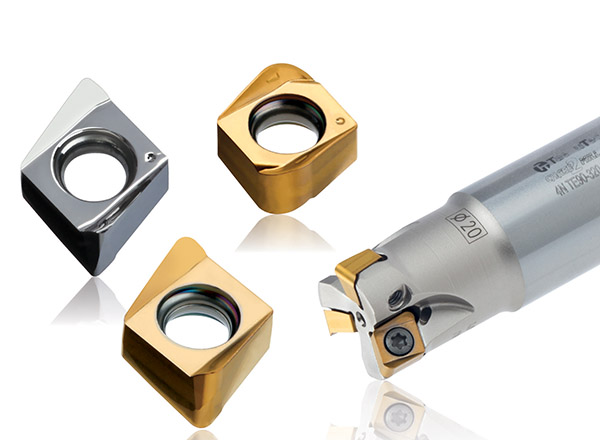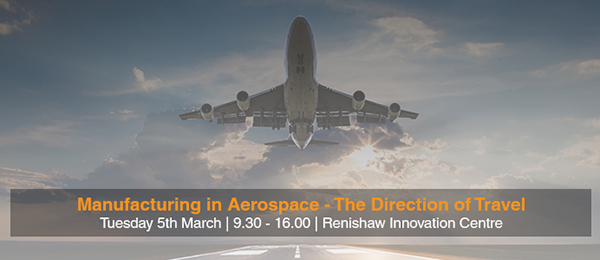A sheet-metal subcontractor has recently switched over to Radan software to drive its fleet of four laser cutters and two waterjet machines following an intensive three months of development, trials and training. Jason George, IT and facilities manager at Nottinghamshire-based Lasershape, says that ROI in Radan looks likely to be achieved within two and half months.

Manufacturing components primarily for the general engineering, aerospace, rail and automotive industries, Lasershape’s core products are laser cut, folded and powder coated, with some assembly where required, and include parts for a wide range of interesting applications.
George has been implementing a series of measures over the past two years aimed at driving down costs, and felt the company’s CADCAM package was falling behind in terms of efficiency: “The system was very manual, and although we had a project with our supplier who was trying to automate it, we simply couldn’t rely on the results being produced, and had to have an operative watching over it, which defeated the object.”
Lasershape opted to replace the system with Radan, and found in numerous trials that it led to considerable savings.
“We use around £400,000 worth of material a month, and with the previous CADCAM package our scrap rate was around 20-30%,” says George. “We compared a trial we ran through Radan with what our production team had actually sent to the shop floor after making manual changes to improve the nest from the previous system, and it still reduced wastage by approximately 15%.”
The company also logs the reason for every scrapped part, and George says poor sequencing was the biggest single cause under the old system, which was not producing the high standard required by the company.
“With the large number of parts we produce, it’s impossible to go through each nest and manually select the cutting sequence; we have to rely on automation,” says George. “We ran the same job through Radan – and I even tried to trick it – but it was much better at getting out of areas without crashing the head.
“Radan’s not just about accelerating processes, it’s about accuracy, both in terms of the cutting sequence, and the finished component,” he adds.
Another Radan test involved a production job of 400+ runs involving 3 mm aluminium parts.

“This particular job had ‘head collision’ written all over it, but Radan cut each sheet 52 minutes quicker than the old system, and with no collisions,” explains George. “When I looked at the code I saw this was because Radan was able to cut at full speed, while the other software applied slower cutting conditions for small features. This would save us considerable time.”
And an optimised Radan nest in one of the early trials saved over five hours compared with the company’s previous nests, which George says represents shaving a full minute off each part. Having built a number of apps around Radan to meet Lasershape’s own specific requirements, the company benefits from two-way communication between CADCAM and its Epicor production control software.
“We’ve customised the main menus inside Radan and linked them to our own Lasershape menus,” says George. “This is helpful right from when we receive an initial inquiry, in that we can see at a glance how many sheets we’ll need for the job.
“And significant benefits
stem from our new ‘Workflow’ system,” he continues. “It controls stock, live updates of programs and remnant creation inside Radan. All this gives us an up-to-the-minute overview of what’s happening on the shop floor.”
He explains that Workflow means the tasks of marking programs as complete, and releasing remnants in Radan, can be performed by Android PDAs on the shop floor. George has also created a part editor app to mass edit components.
“It automates Radan’s functionality to work on multiple parts at the same time, and means we can mass import DXF files and edit the data quickly,” he says. “This is particularly important as we work on around 20,000 live items every month, and have nearly 200,000 repeat parts in the system.”
The company’s first task when an inquiry comes in, is to add a quote in Epicor.

“We’ve got a button in Epicor that says ‘Prepare Radan.’ This generates a quotation folder for us, a standard project template ready for the nester to nest in, and sub directories for the parts. Then we’re ready to start drawing the part in Radan 2D. The parts are imported and saved in the quote directory, which means quoted parts don’t touch our master part library. With the previous CADCAM system we had a bulging part library containing parts for jobs we didn’t win, and never cut. So this is a huge improvement.”
After that, Lasershape uses the part editor app to set customers, materials and machining operations, including any required countersinking and folding. This task is followed by another customised operation, running what the company’s calls ‘The Migrator’, which scans the entire project, calculates how long each part is going to take, and the exact percentage of a sheet it will use.
“Migrator then populates all relevant fields within Epicor,” says George. “When we win the job, it’s converted to an order, and Epicor tells Radan which customer the parts are for, creating directories for the project.”
The nesting team use Workflow to specify the parts for nesting, and send them to Radan.
“It’s so simple to pull in the raw material sheets, nest them, post them, and send them out for cutting on our Trumpf and Bystronic lasers, or Flow and Techni waterjets,” says George.
He says it’s vital that Radan drives both cutting technologies, and can work with a variety of CNC machine tool brands.
“With Radan we just have the one part library, which services all our machines; we couldn’t have multiple part libraries for the same components.”
Concluding, George says the Radan trials and tests gave consistent results and reduced the task of producing nests to what he calls “a simple admin role” as the system automatically creates efficient, cost-saving component nests.
“As everything we do now is about efficiency and data capture, Radan has become a key, integral part of the business.”
For further information www.radan.com






